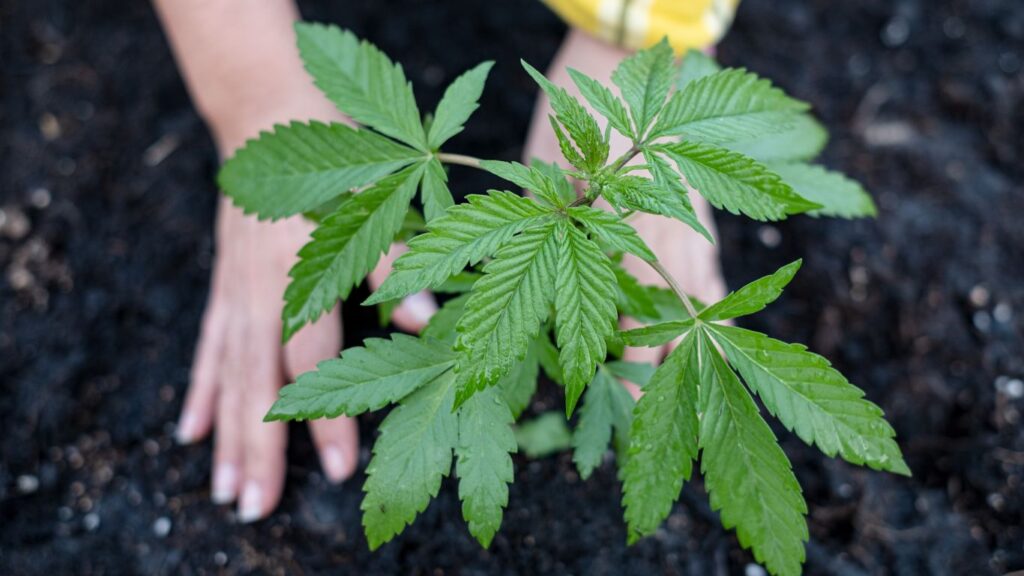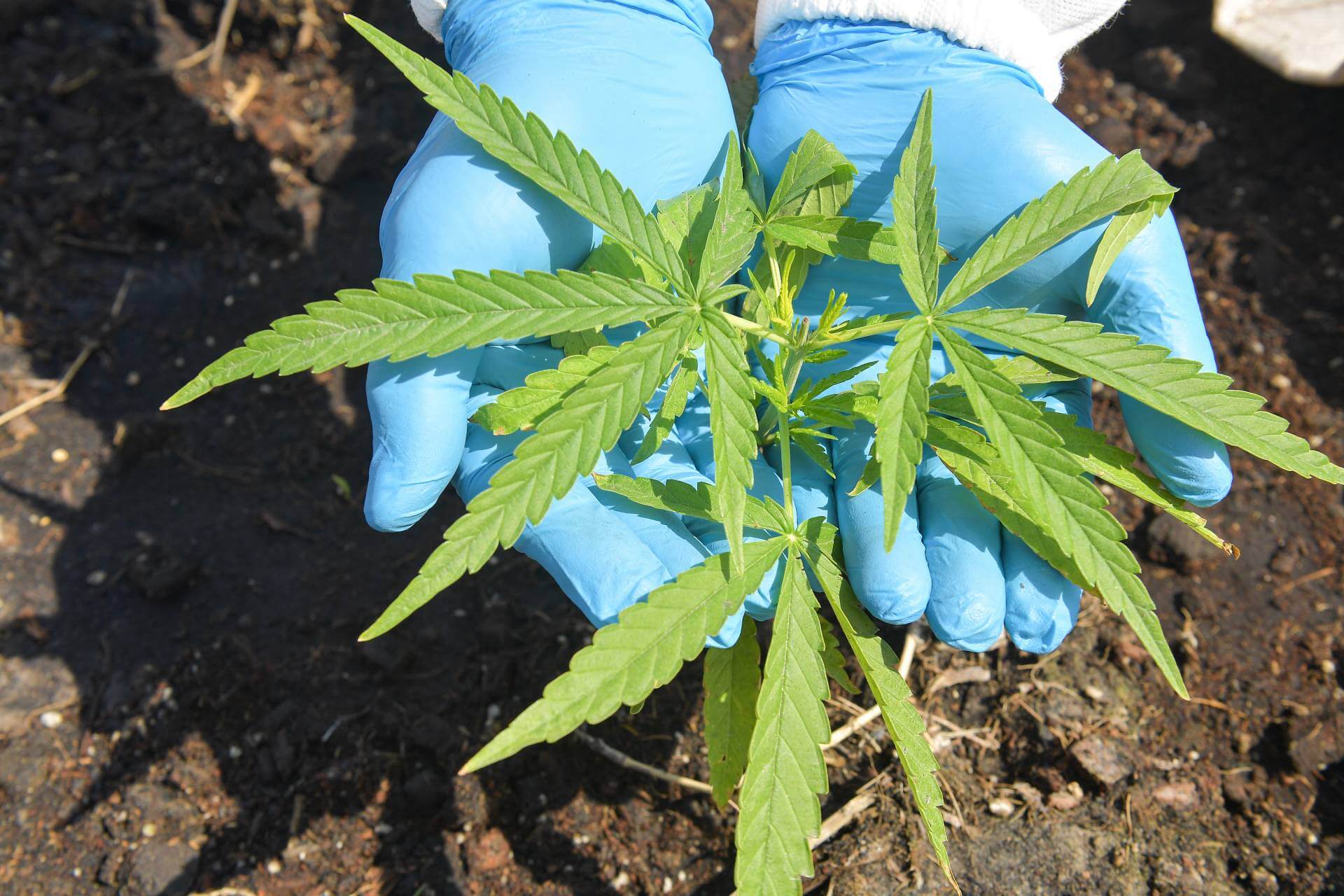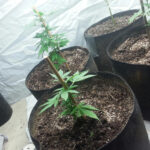Home cultivation of cannabis in Australia is governed by a patchwork of state and territory laws, with each jurisdiction setting its own rules on how many plants an individual can grow legally. By 2025, the legal landscape has evolved in several regions, reflecting broader shifts in cannabis policy and public opinion. While some states allow limited home cultivation for personal use, others still impose strict penalties for any form of growing. Understanding the exact legal plant limits where you live is essential, as exceeding them can result in hefty fines or criminal charges. These regulations aim to strike a balance between personal freedom, public safety, and preventing unlicensed commercial operations.
Australian Capital Territory – Limited Legal Home Cultivation

The ACT remains the only Australian jurisdiction to fully legalise small-scale home cannabis cultivation for adults. As of 2025, individuals aged 18 and over may legally grow up to two cannabis plants per person, with a household maximum of four plants, regardless of how many adults live there. The plants must be grown for personal use only, not for sale or distribution, and must be kept out of public view. Hydroponic setups are still prohibited under ACT law, and any plants grown using this method can lead to criminal charges. The ACT government continues to emphasise harm minimisation and personal responsibility, and while there is no penalty for staying within the limits, growing above them can lead to fines or prosecution.
South Australia – Decriminalised but Strict on Limits
In South Australia, cannabis cultivation for personal use has been decriminalised for decades, but the rules around plant numbers are strictly enforced. Residents may grow up to one plant per person in a household, and exceeding this limit is treated as a criminal offence rather than a minor civil infringement. Growing indoors under artificial light is also treated more seriously than outdoor cultivation, as it can be classified as “cultivation for sale” under certain circumstances. For first-time offenders exceeding the limit, expiation notices may apply, but larger grows or repeat offences can result in court appearances, higher fines, and even imprisonment. This makes it important for South Australian growers to adhere strictly to the one-plant rule.
Other States and Territories – Zero Legal Tolerance for Growing
In the rest of Australia—New South Wales, Victoria, Queensland, Western Australia, Tasmania, and the Northern Territory—home cannabis cultivation remains illegal in 2025, even for personal use. Any number of plants, whether grown outdoors or indoors, is considered an offence. Penalties vary significantly between jurisdictions, with some applying diversion programs for small-scale growers and others imposing substantial fines or custodial sentences. For example, in Queensland and Western Australia, even a single cannabis plant can result in a criminal charge. The lack of home grow allowances in these areas reflects ongoing resistance to broader cannabis law reform, although public opinion polls suggest growing support for change.
Penalties for Exceeding Plant Limits
Where limited home cultivation is legal—such as in the ACT and South Australia—penalties for exceeding plant limits depend on the number of excess plants and the method of cultivation. In the ACT, growing more than the allowed number can result in fines or, in more serious cases, prosecution. In South Australia, going over the limit often leads to criminal charges, with larger numbers potentially triggering trafficking-related offences. In all states, growing cannabis for sale or supply without a license carries much harsher penalties than growing for personal use. Even in jurisdictions where cannabis possession has been decriminalised, cultivation offences are usually treated more seriously.
Understanding the Legal Boundaries

For Australians interested in growing cannabis at home in 2025, the most important step is understanding and complying with local laws. While the ACT and South Australia offer some scope for personal cultivation, the rest of the country continues to enforce strict prohibitions. With the growing national conversation about cannabis reform, more states may eventually revisit their stance on home growing. Until then, staying informed about plant limits and cultivation rules is the best way to avoid legal trouble while engaging in responsible cannabis use at home.





